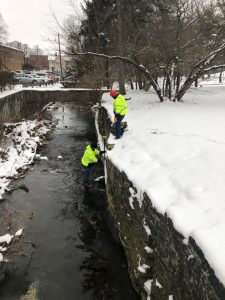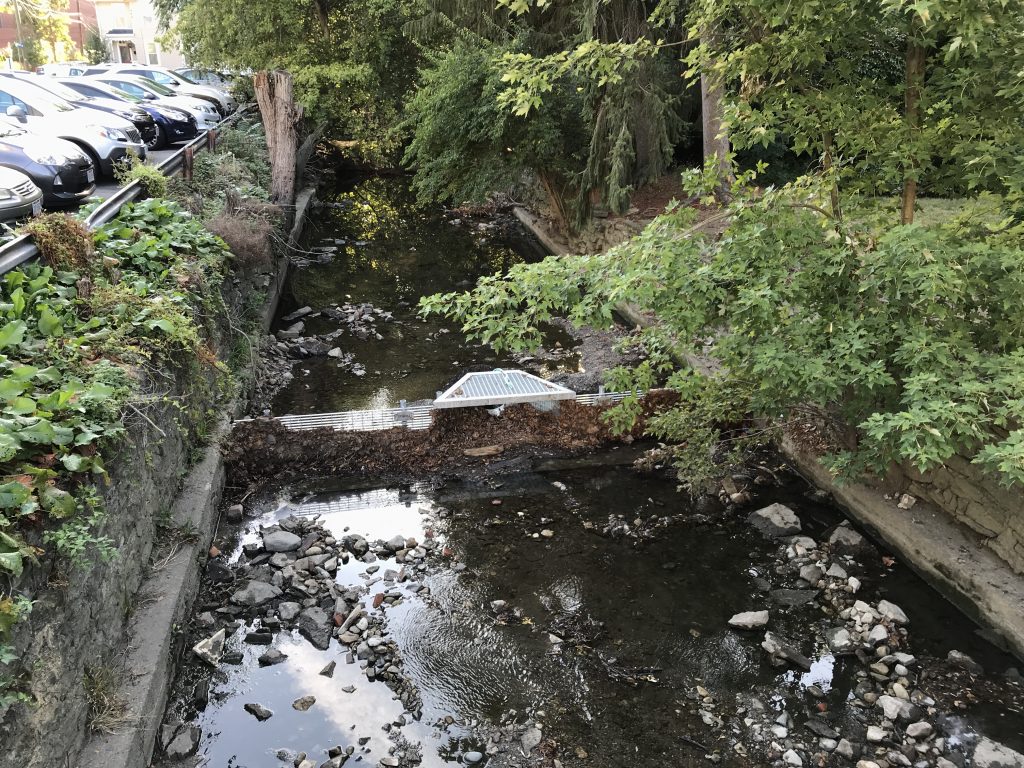
Ohio Wesleyan University senior Brianna Graber has spent the past year planning and conducting water-quality research on the Delaware Run, which flows through the university campus and into the Olentangy River.
Her work included collaborating with the City of Delaware to install a 4-foot-high, 18.5-foot-wide, concrete-weighted storm drain net directly into the waterway. Put in place by crane Sept. 9, the 13,000-pound trapezoidal net is now capturing trash and green debris (organic waste such as lawn clippings and leaves). The net is one of the first installed in Ohio and the nation.
More information: Net Benefits: OWU News & Media
Visit the storm drain net: then social media it: #delrunstormdrainnet
The storm drain net is accessible from the OWU campus, just east of the 2nd footbridge east of S. Sandusky St.:
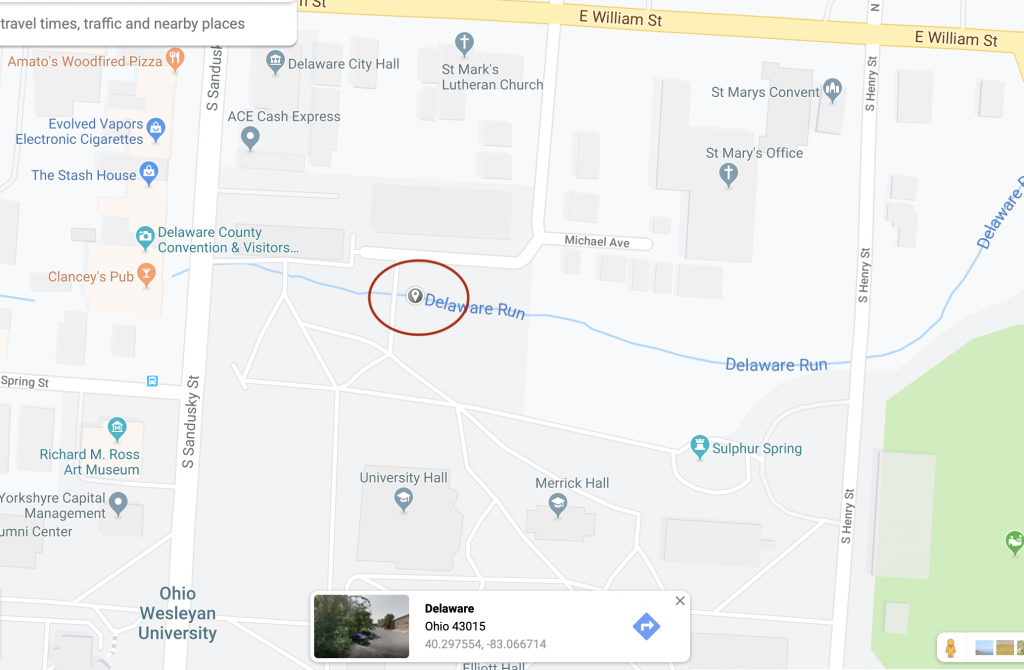
A video of the storm drain net in Delaware Run (Sept. 25, 2019)
Rain last weekend started the process of filling the net and trapping stream debris just upstream from the net (below). An assortment of larger trash along with quite a large amount of organic material is evident. Most notable is the impressive collection of cigarette butts.
Brianna Graber (OWU 2020) has been testing Delaware Run water, and will be able to compare water quality before and after the storm drain net installation. Material caught in the storm drain net will be analyzed for content (organic vs waste, etc.). The effects of such larger water-bourne materials on water quality is the focus of Graber’s work.
The presence of so many cigarette butts is of interest. Not only do cigarette butts contain plastic, but they also contain chemicals including nicotine. Some studies have began to investigate the impact of nicotine and other contaminants from cigarette butts on urban water (see Littered cigarette butts as a source of nicotine in urban waters, Journal of Hydrology
Volume 519, Part D, 27 November 2014, Pages 3466-3474).
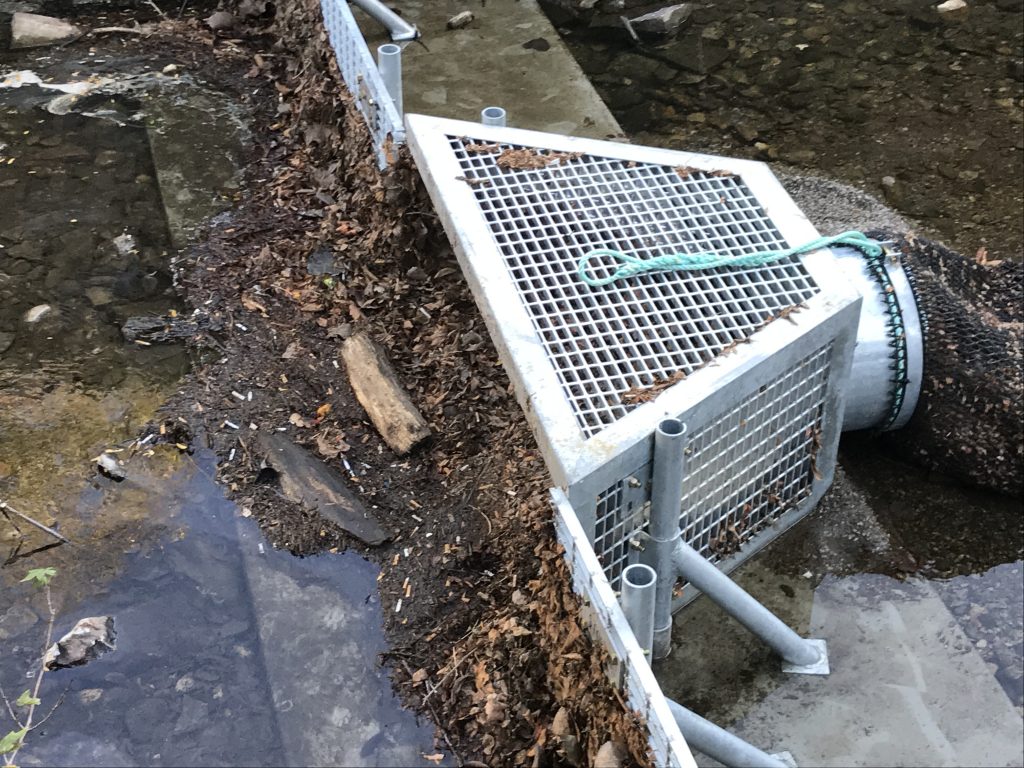
Analyzing the contents of the storm drain net will allow the City of Delaware and other collaborators to understand and create target efforts to reduce specific kinds of waste, and to understand how both human generated and organic waste effect water quality.
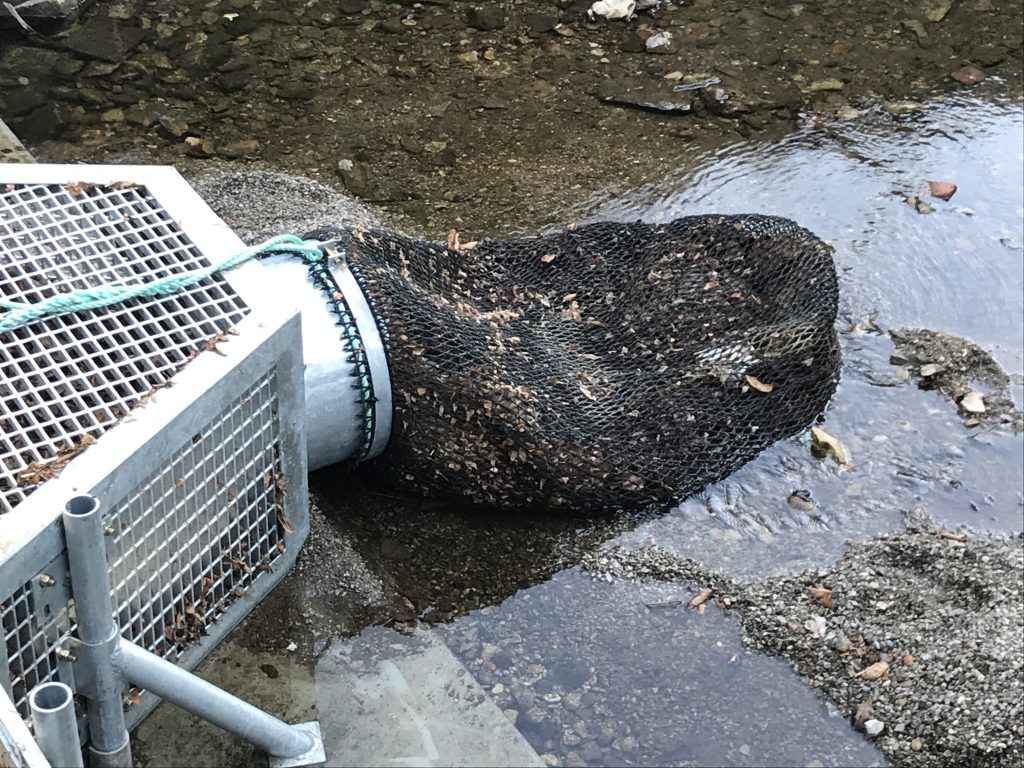
Watch here for updates and let us know if you have questions!


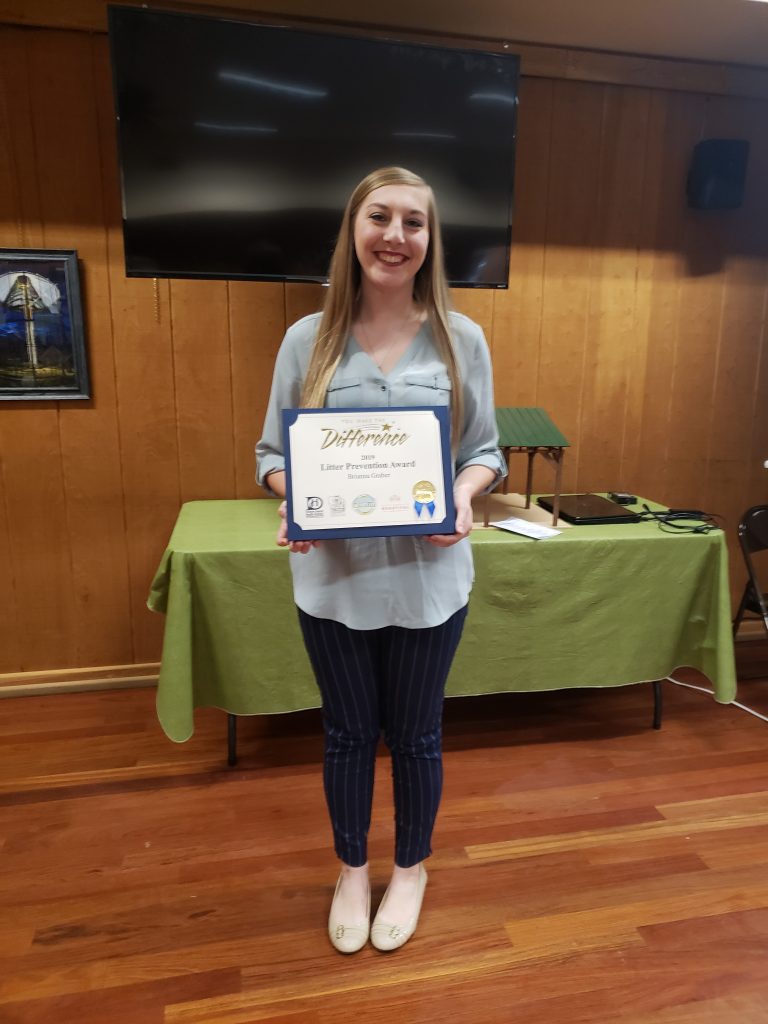
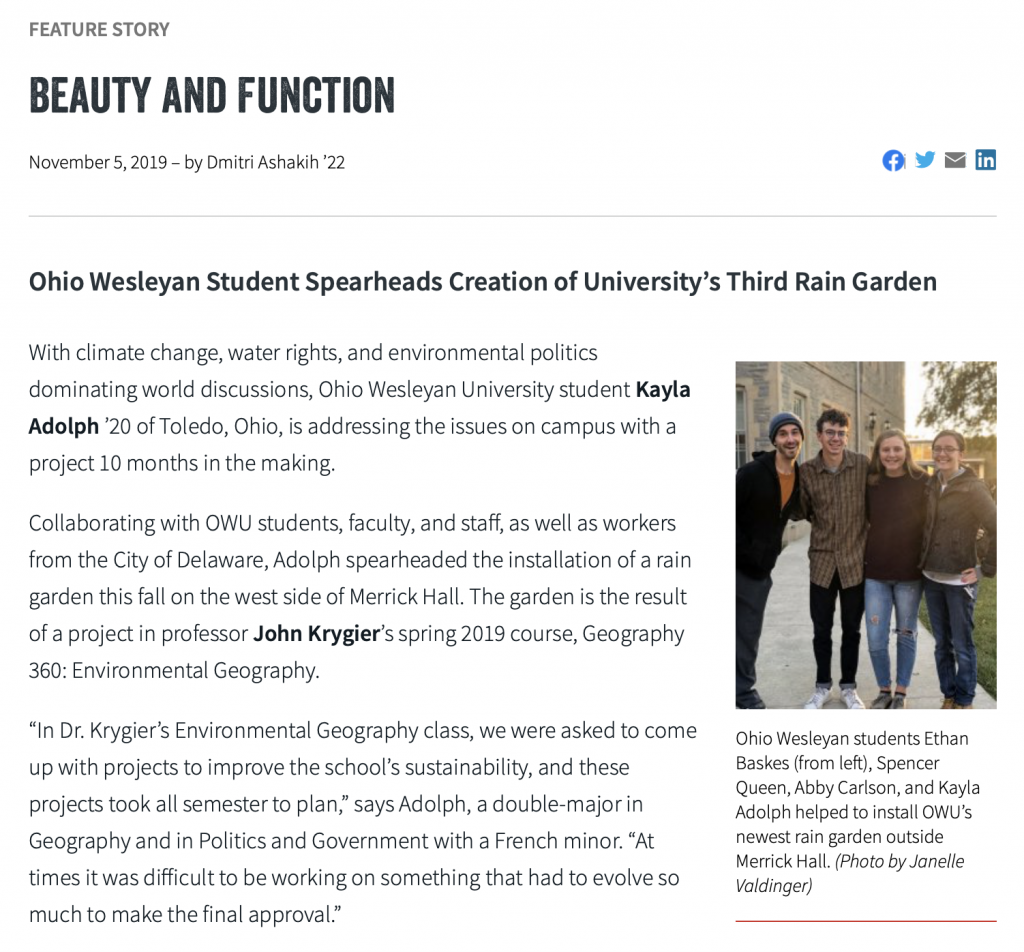

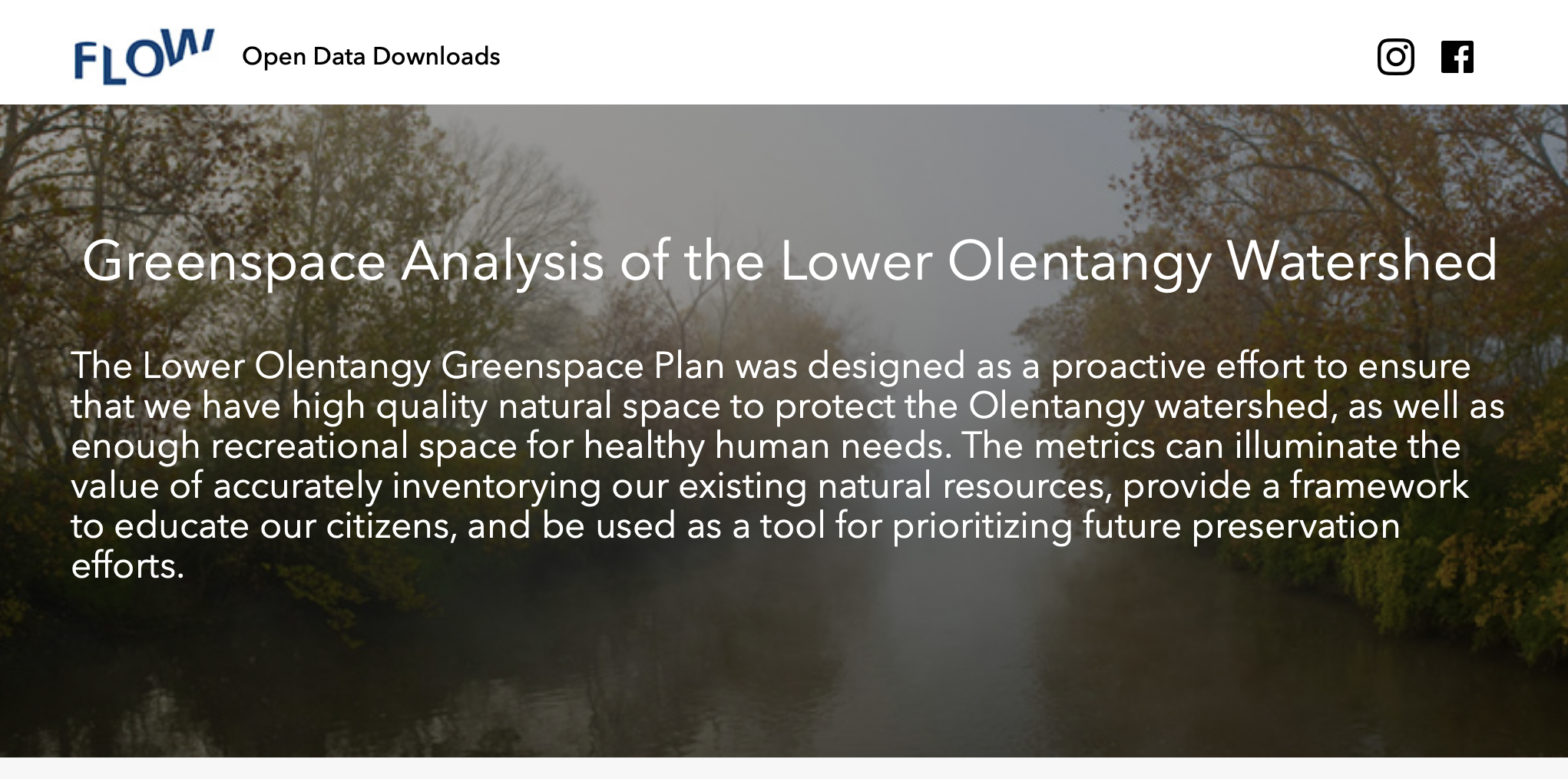
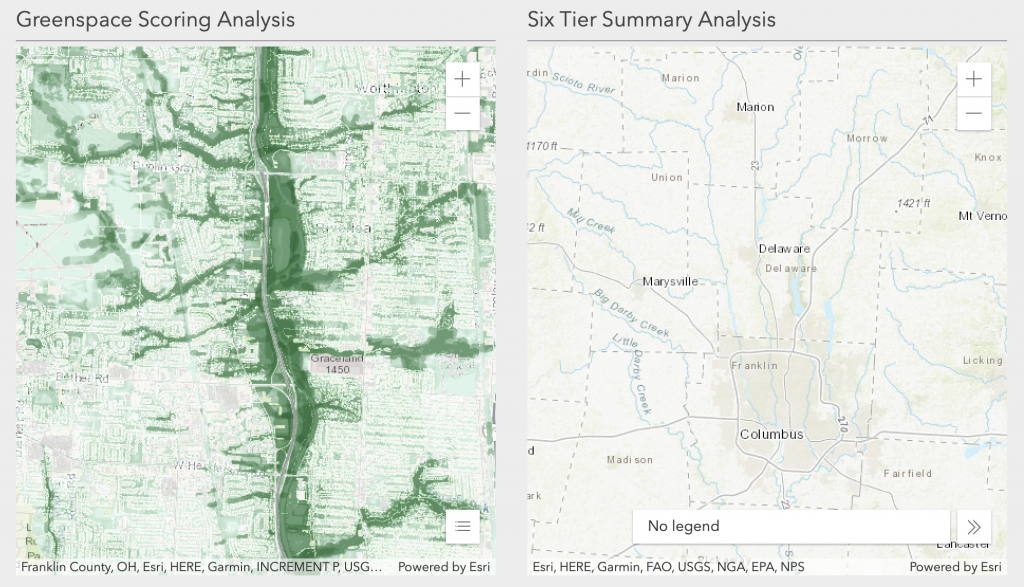

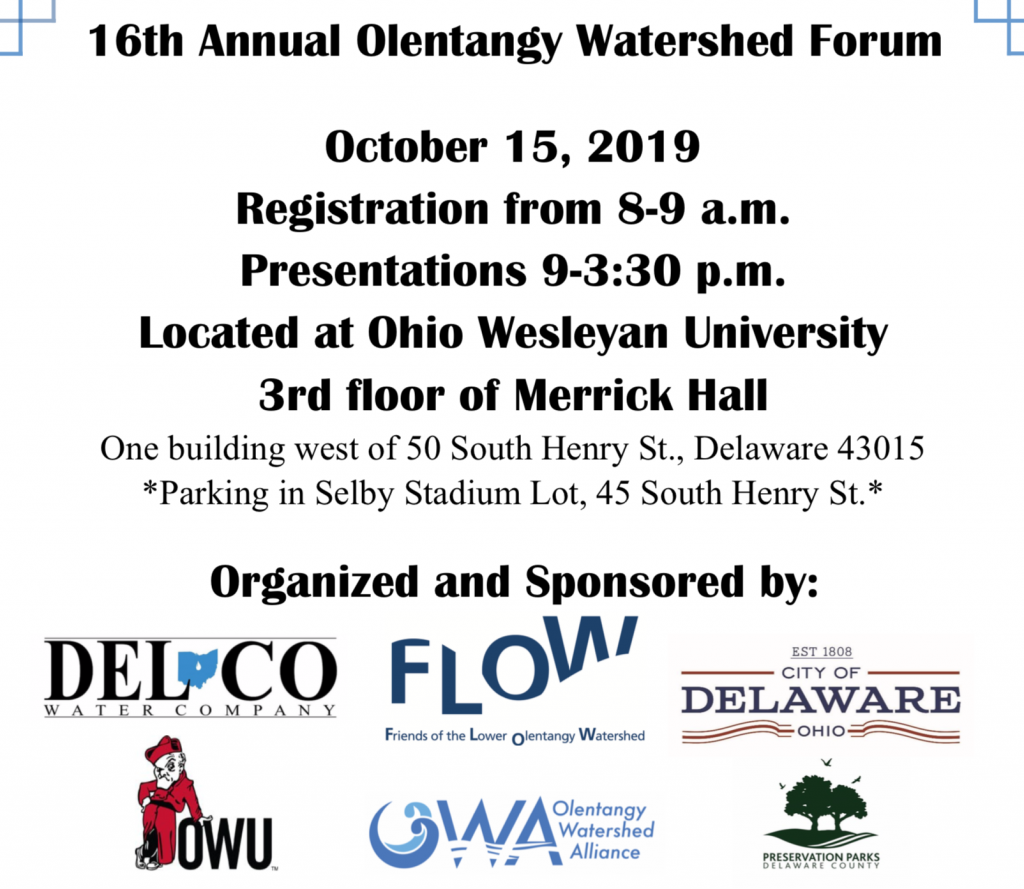
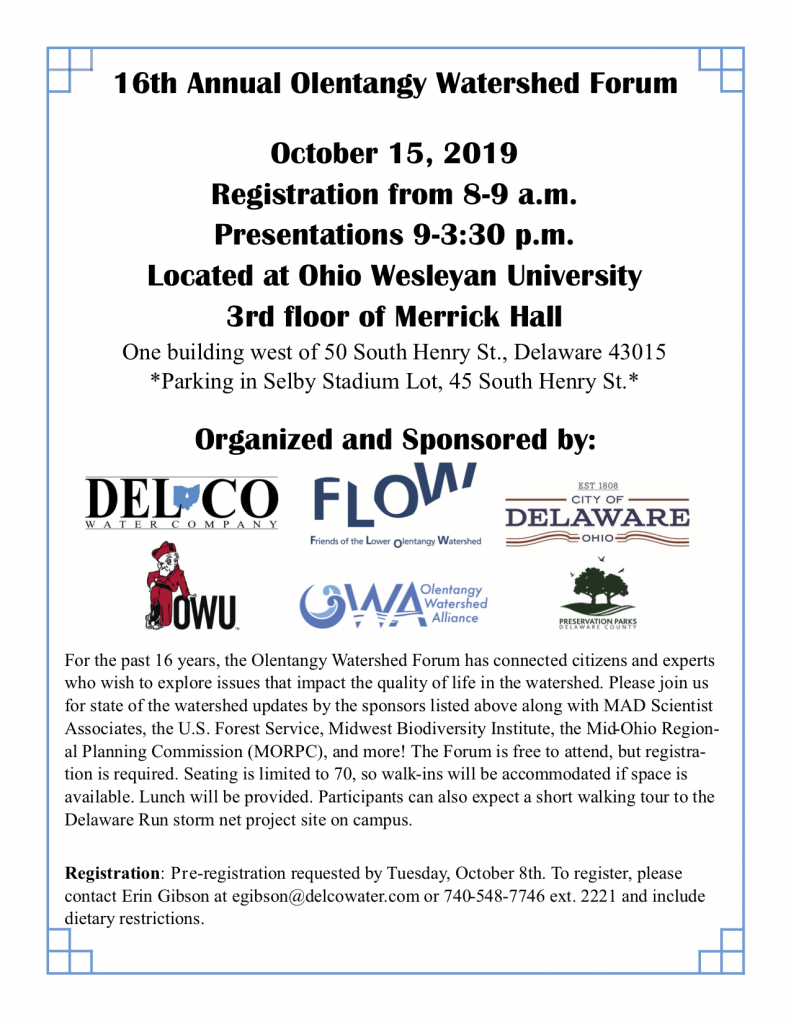
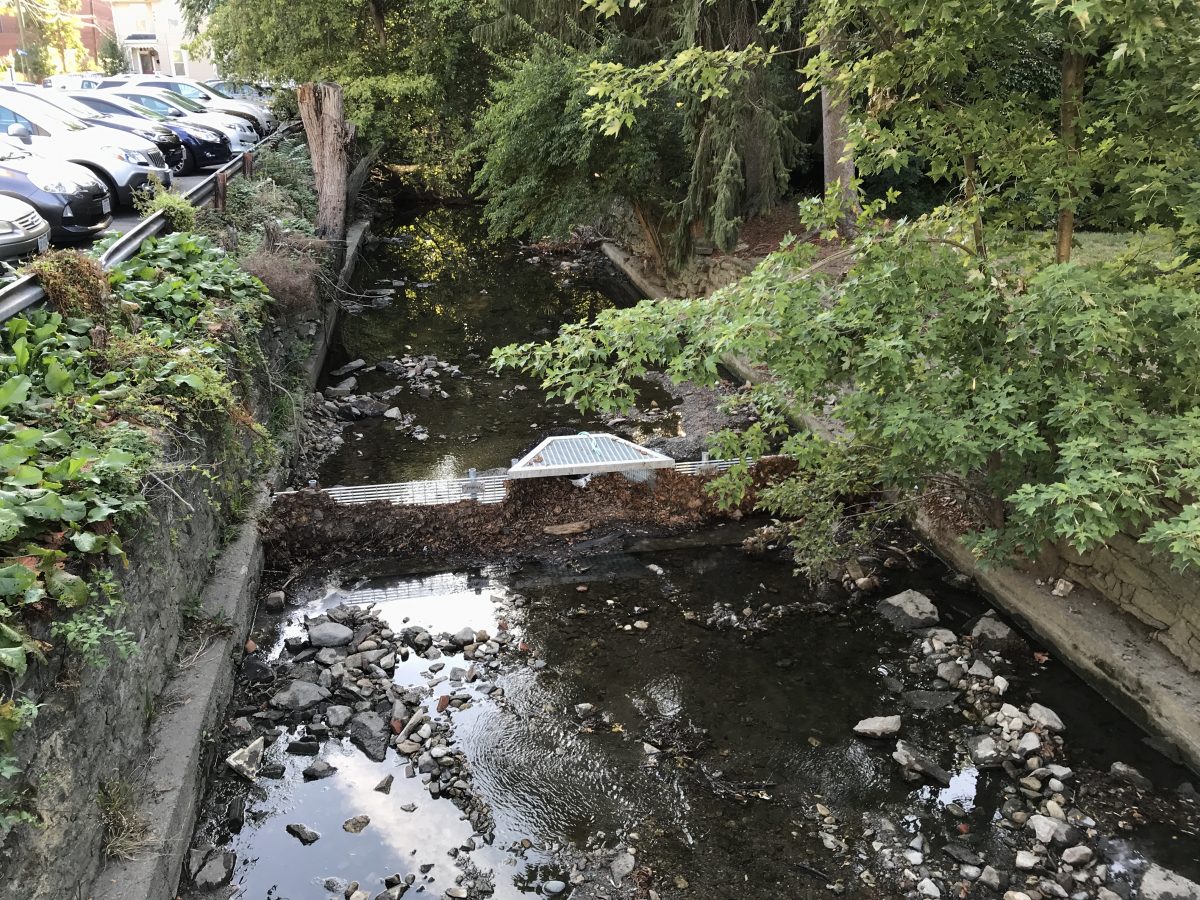




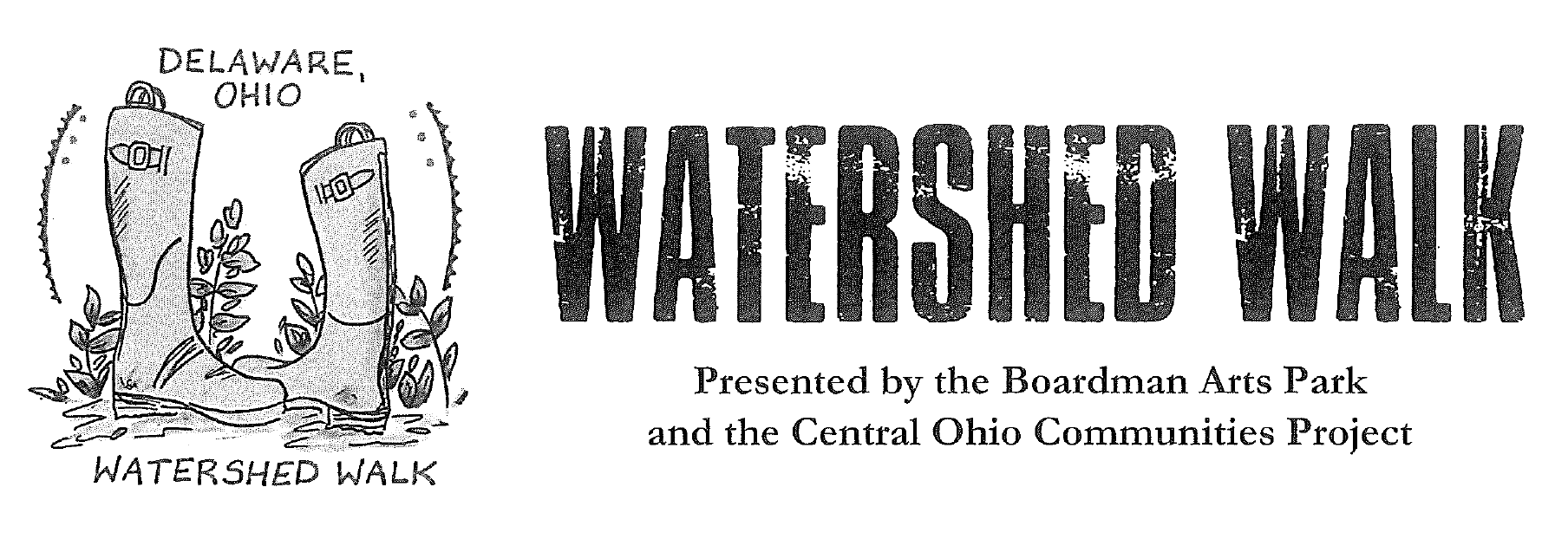
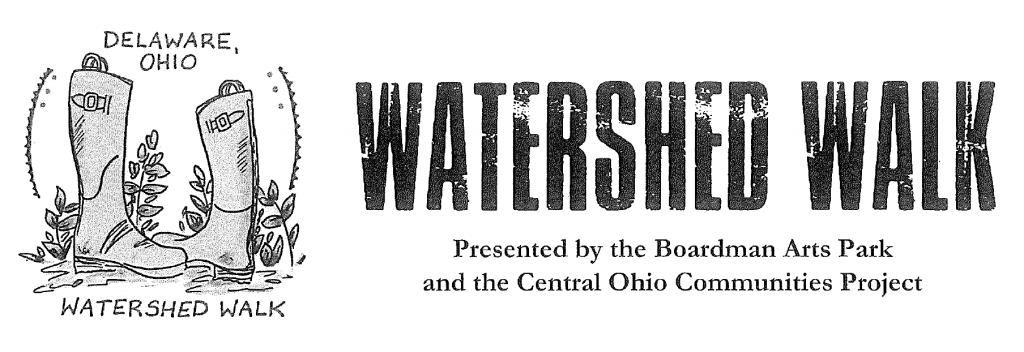
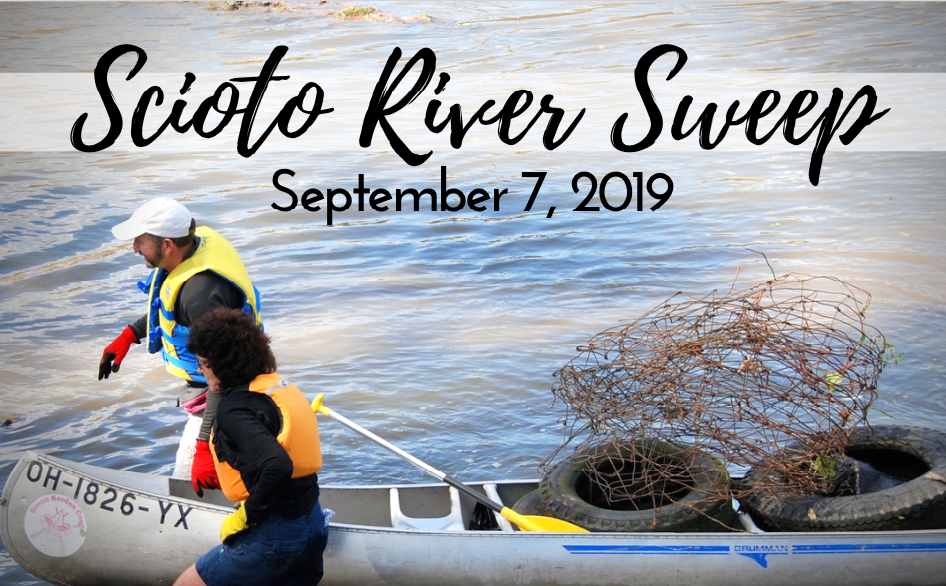


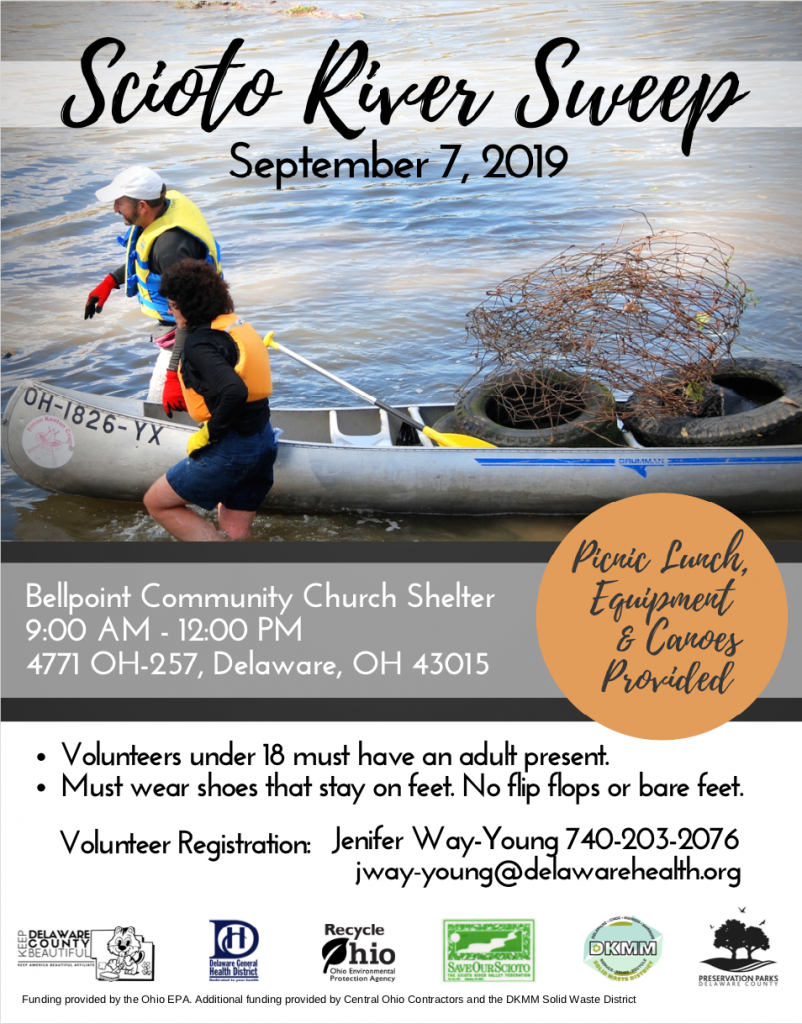
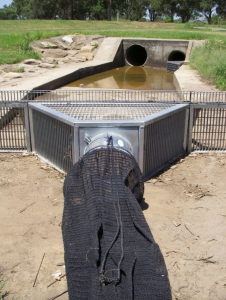 Beginning in the Fall of 2018, Janelle Valdinger, Dr. John Krygier and I (Brianna Graber) have been cohesively working a project to implement a storm drain net in the Delaware Run, on OWU’s campus. The purpose of this project will be for Summer Science Research through Ohio Wesleyan University and for an internship with the City of Delaware. The purpose of the net will be to remove trash and green waste/debris from the Delaware Run behind Merrick on campus.
Beginning in the Fall of 2018, Janelle Valdinger, Dr. John Krygier and I (Brianna Graber) have been cohesively working a project to implement a storm drain net in the Delaware Run, on OWU’s campus. The purpose of this project will be for Summer Science Research through Ohio Wesleyan University and for an internship with the City of Delaware. The purpose of the net will be to remove trash and green waste/debris from the Delaware Run behind Merrick on campus.
